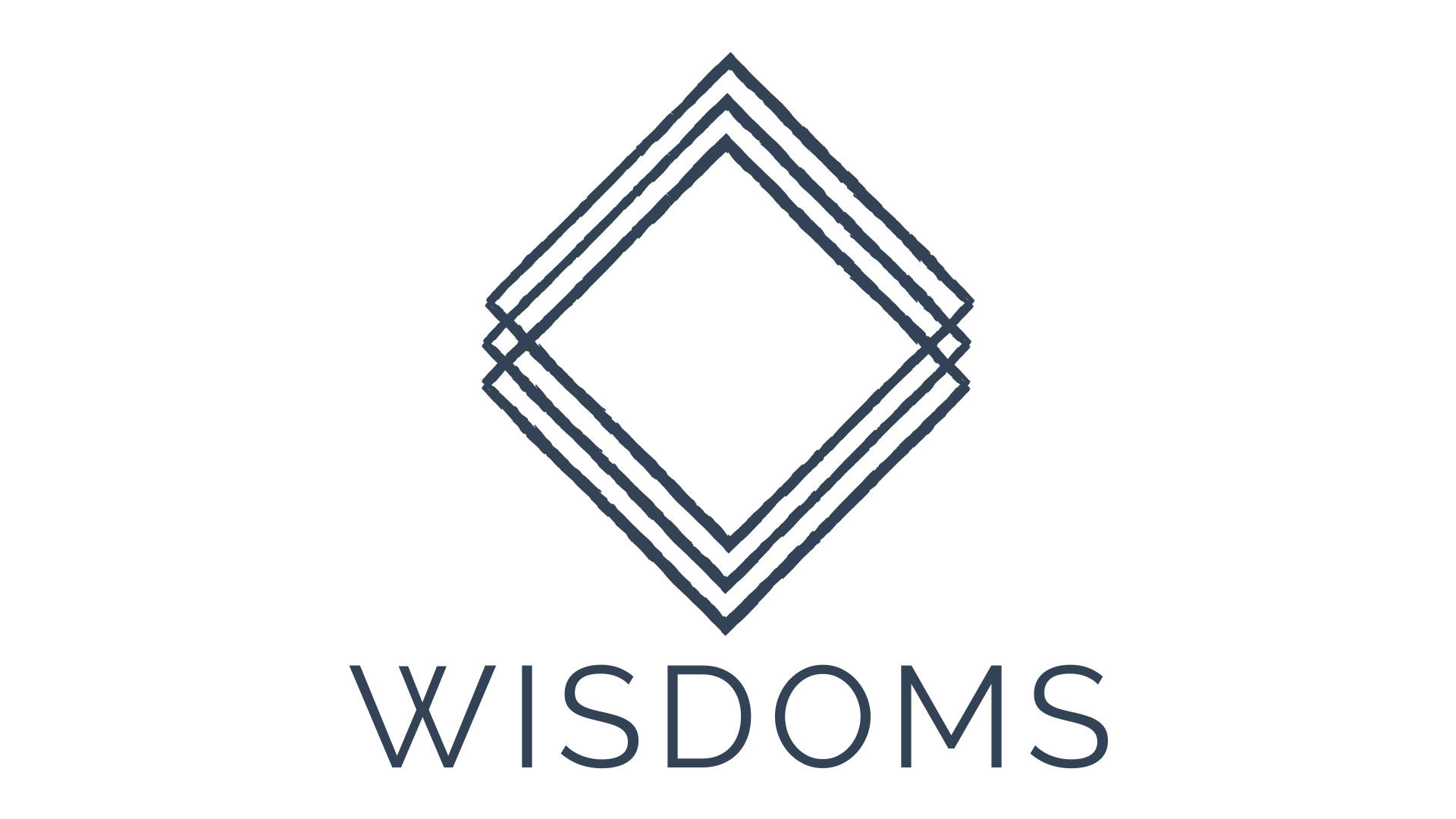Fantasy in Real Life
In the Disney/Pixar movie Onward two elf brothers are on a quest to find a magic gem that will restore their dead Dad to them for 24 hours. In my previous blog, I spoke about how this movie awakened within me a renewed appreciation for the magic in life. Here I want to reflect on one of the central themes in the movie. Interestingly the quote in my diary today (yes I still use a paper diary!) is by Lloyd Alexander, an author of fantasy novels. He says, “Fantasy is hardly an escape from reality. It’s a way of understanding it.”
So by way of understanding life I relay a scene in Onward where, driving in their unicorn emblazoned beaten up truck, Barley Lightfoot and his younger brother Ian, find themselves at a fork in the road. The left fork takes them on the highway — smooth, direct, fast. The right hand fork offers a rutted track through an overgrown forest that Barley excitedly calls “the pathway of peril.” Nothing about this appeals to Ian so he persuades his brother to take the highway.
However through some misadventure they get looped around and chased back along the road they’ve just come. To get away from their pursuers they end up jostling up and down into the great unknown along the path of peril. It is on this path though that they find the pointers to their true destination, which the highway would have passed right over.
The message of course, is that the easy, comfortable route may look promising but the one that drives us to the edge of our abilities is where we discover the real treasure.
Advice to Leaders
In a completely different vein but along the same theme, Rasmus Hougaard wrote an article at the beginning of May for Forbes entitled Leaders: This is your opportunity to leap before it’s too late. Hougaard is the Founder and Managing Director of Potential Project, a global leadership training, organizational development and research firm.
In conversation with a number of leaders in recent times Hougaard identified that they realize that there is opportunity on the flip side of the enormous difficulties. But this is where they find themselves — suspended over a chasm. They sense the need to leap towards something new but they’re not quite ready to leave what they know behind.
Hougaard uses the metaphor of beeswax which is normally hard and brittle. However, when it is heated it becomes soft and malleable. Well-established organisations can’t help but, over time, become set in what and how they do things, making it hard or overwhelming to make changes. The current situation has warmed things up (more than a little). The “beeswax” is pliable, creating opportunities to make radical changes.
So this is Hougaard’s advice, “leap and leap quickly. You have the greatest opportunities now for reimagining your life, your leadership and your business. But you need to act with agility and a sense of urgency because the window of opportunity is closing.”
Leapt, Leaping, Happy where I am thank you
Where are you in relation to this chasm?
Some people have already taken the leap. They have ‘pivoted’ to use that well-worn word. They have re-invented their business and are now making millions selling temperature scanners. Or they have already cancelled the lease on their corporate office and have policies for remote and flexible working. They’ve proposed and got married because the moment is now!
Maybe these are relatively small jumps compared to the chasm you have actually jumped, so kudos to you. Those who have already leapt could be naturally wired to take risks based on their personality, self-confidence and appetite for risk. However, what gives them courage is that they see the potential gain of what lies on the other side of the chasm as greater than the loss of what they are leaving behind.
Then there are those who are in mid-air. They are in the unknown, suspended between what they knew and a future way of being and working that is as yet not clear. Such a difficult place to be because there is nothing solid or stable underneath you. It is a place of doubt, fear and uncertainty. On the other hand it also holds hope and promise.
Perhaps you’re on the edge. Like those leaders Hougaard interviewed you see the opportunity. There are possibilities of something not only different but better. But the outcome is actually unknown. You don’t know if it will work out.
The reality is your known world is already undone. The place you’re standing has shifted so either dance with the moving sands or leap across the chasm.
There is no place to stand still any longer. Our comfort zone got pushed way out whether we like it or not. Change is your only option to face the risk head on.
How to manage risk
This is not a treatise on risk management. I have no scientifically proven methodology on how to mitigate risk. But this I know. The more you risk the better you get at it.
My business partner, Trevor, makes the point that if you sit on the couch you stand the risk of having a heart attack. If you go paragliding, mountain climbing, or surfing you stand the risk of falling to your death. Either way life is risky.
I’m not advocating throwing caution to the wind. Considering consequences and recognizing that our decisions affect not only ourselves are important when evaluating risks.
In a context where leaping is almost prerequisite to stay in the game we have to get change fit. The more we try new things, take a step into the unknown, experiment and take risks the better we are equipping ourselves to leap bigger and deeper chasms.
To quote an 82 year old friend, “Life without risk is boring!”
So you’re at a crossroads. Do you take the highway or the pathway of peril?

